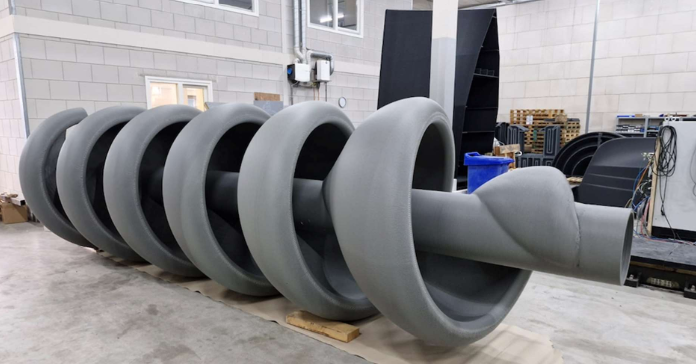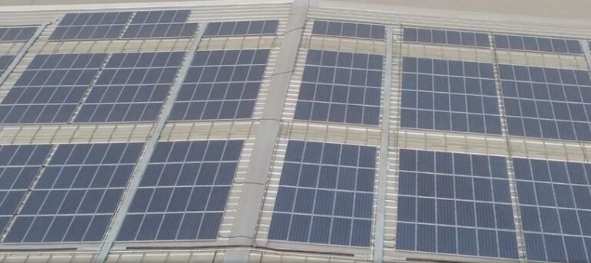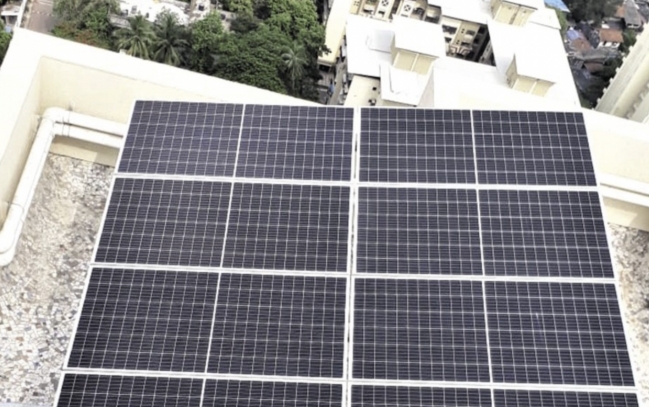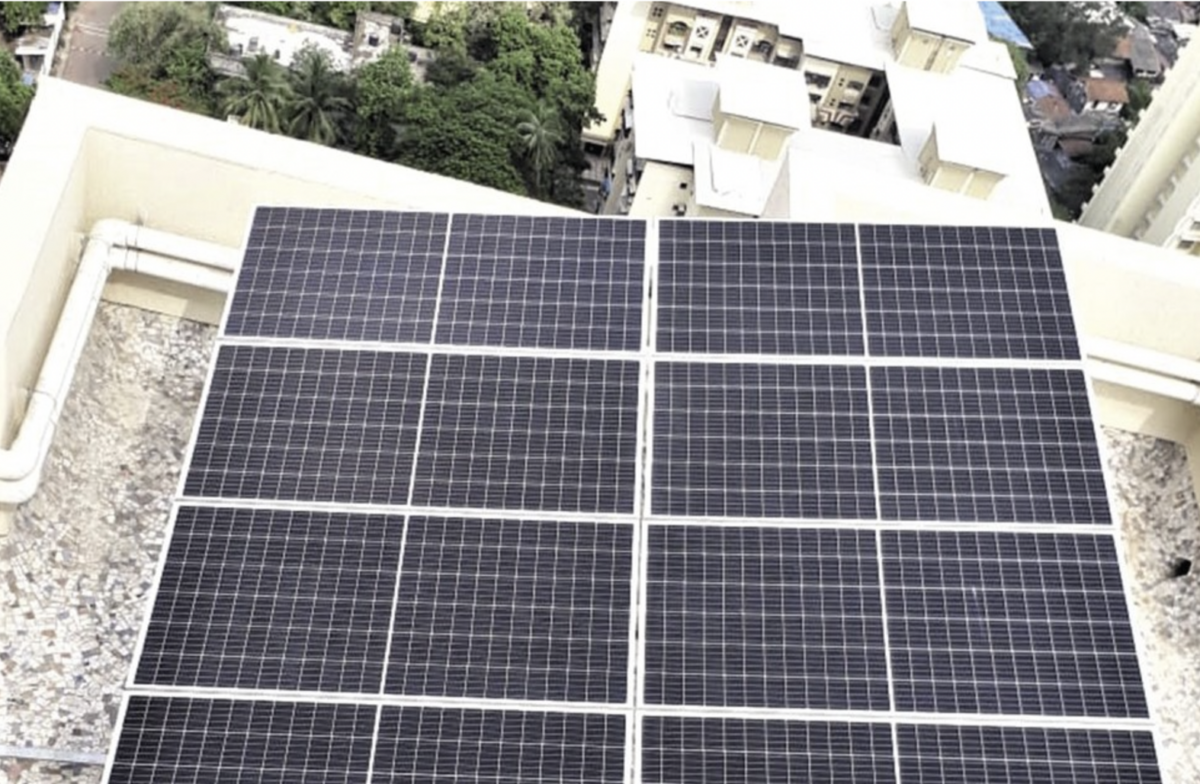
Cape Horn Engineering’s simulations predicted the skelter’s peak power production at 2.59 kW, while the actual result was 2.50 kW, with adjustments for rig friction putting the two values within a tight margin of accuracy.
“At the rotation rate of 21 RPM, the test rig produces 2.50 kW, and we predicted 2.59 kW. If we take into account the test rig friction, the values are within 1.5% of each other, a very close match indeed. With this validation step completed we can have even more confidence in our prediction that the full-size unit will break the 250 kW threshold,” noted Rodrigo Azcueta, Managing Director at Cape Horn Engineering.
Spiralis Energy and Cape Horn Engineering are now advancing towards the next phase of testing, which will involve a full-scale axial tidal energy converter. The upcoming test will feature a 16-meter-long by 5-meter-diameter Skelter, designed to withstand the harsh winter conditions. The CFD simulations are important for analyzing structural loads and optimizing the hydrodynamic shape for maximum efficiency.
According to Cape Horn Engineering, Spiralis Energy aims to supply up to 11% of the UK’s national grid with its tidal energy technology.
“The UK has the best tidal knowledge in the world. Our technology can deliver a renewable energy source that doesn’t harm sea life and sits within the circular economy framework,” said Spiralis Energy’s CEO, Guy Levene OBE.
“What makes Spiralis easy to scale is that our units have a modular design to enable them to fit into a standard shipping container for affordable transportation anywhere in the world. It’s really quite straightforward – we’re offering a simple, more affordable, more reliable and sustainable energy solution; our technology simply works.”







